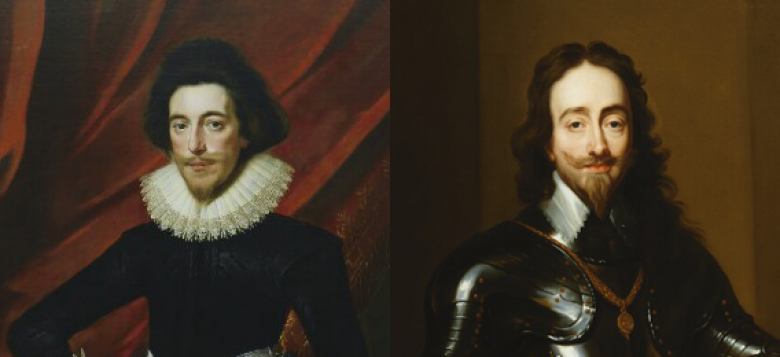20th September 2018
Just over a year into the first English Civil War, the First Battle of Newbury was fought today in 1643. This was a pivotal battle between the Royalist army led by Charles I, and the Parliamentarians, led by Robert Devereux, 3rd Earl of Essex.
The Devereaux family had always had a complex relationship with the royals. They were descendants of Mary Boleyn, and Robert’s father, the 2nd Earl, led an unsuccessful rebellion against Elizabeth I in 1601 which ended in his execution and the loss of their title. But they were reinstated by King James I, and Robert became best friends with James’ oldest son Henry, who would have become king had he not died of fever aged 18. Instead, the crown passed to his younger brother Charles and the relationship between crown and parliament quickly broke down.

Charles believed in his divine right to rule, and that he was answerable to nobody but god. But this was an attitude no longer acceptable to many of his people. They believed their representatives in Parliament should have a voice in how the country was run, and that the king’s power should be checked. The rift between king and Parliament grew deeper until both began rallying their armies, forcing the country to pick a side, knowing that war was inevitable.
For the first months of the war, Charles and his Royalist forces had mostly been successful, defeating the Parliamentarians and gaining control of a number of cities. Charles had taken Bristol, had strong support in south Wales and he wanted to capture Gloucester which would allow the Welsh to reinforce his army. But Gloucester refused to surrender, and the Royalists laid siege to the city. They were forced to withdraw when the Earl of Essex arrived from London with a formidable Parliamentarian army.

Charles hoped that by defeating Essex he would win the war. This Parliamentarian force was the last significant one in south England – the war had depleted forces on both sides. He planned to ambush Essex as they made their way back to London – but Essex had guessed Charles’ tactics and took his army on a different route.
Realising his mistake, Charles managed to cut Essex’s army off at Newbury and a battle ensued. The fighting lasted all day, and despite the advantages that the Royalists had, they were by now low on ammunition and Charles was forced to pull back. Essex made a triumphant return to London and Charles had lost his best opportunity to end the war on his own terms.
Images: Robert Devereux, 3rd Earl of Essex, by Unknown artist, c.1620, NPG L115, Private collection; on loan to the National Portrait Gallery, London. King Charles I, after Sir Anthony van Dyck, based on a work of 1635-1636, NPG 843, © National Portrait Gallery, London.
